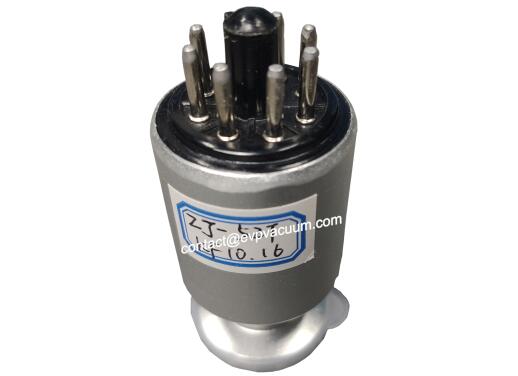How to choose vacuum gauge correctly?
The original vacuum gauge was invented by a thin glass tube made by Torricelli with one end closed and filled with mercury. According to the range of vacuum degree and using environment, the most commonly used vacuum gauges are capacitive diaphragm vacuum gauge, thermocouple vacuum gauge, hot cathode ionization vacuum gauge and cold cathode ionization vacuum gauge.

These vacuum meters use different physical phenomena, among which the capacitive diaphragm vacuum meter uses force, the thermocouple vacuum meter uses heat conduction, and the ionization vacuum meter uses vacuum discharge.
The following items should be paid attention to when selecting vacuum timing:
1: Whether the vacuum gauge has enough measuring accuracy within the pressure range required by the equipment;
2: Whether the measured gas will cause damage to the vacuum gauge;
3: Whether the vacuum gauge will affect the vacuum environment under test;
4: Whether the pressure measured by the vacuum gauge is full pressure or partial pressure, whether it has been calibrated, and whether it is related to the type of gas;
5: Whether the vacuum gauge can realize continuous measurement, numerical indication and reaction time;
6: The stability, reliability and service life of the vacuum gauge.

